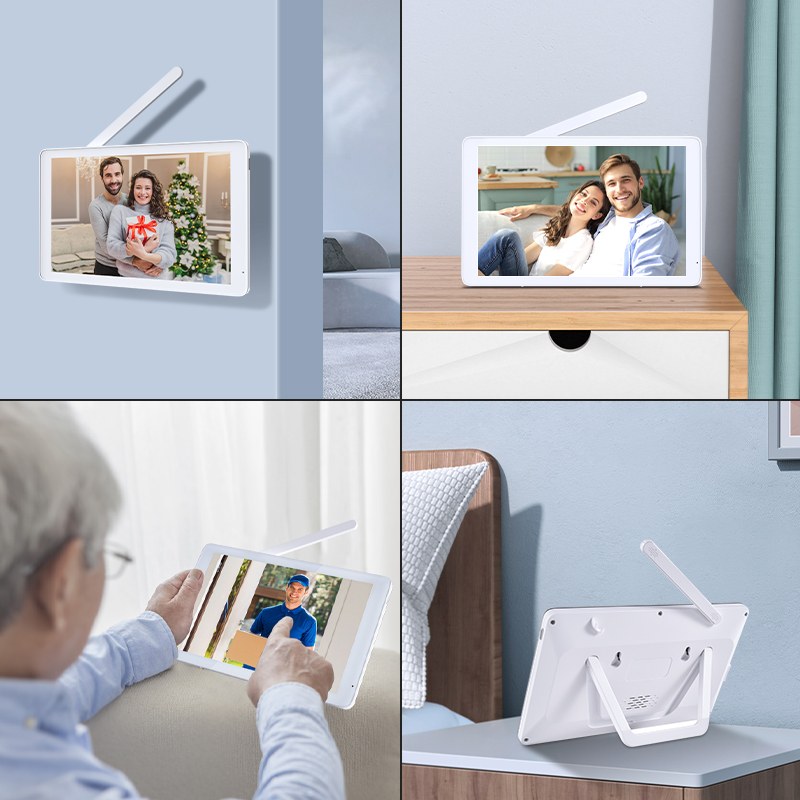智能无线可视门铃:音频传输与远程监控技术解析
Time:2024-04-25 14:52:51 Views:51次
Introduction:
With the development of smart technology, the smart wireless video doorbell has become an essential part of modern home security, attracting increasing attention. This article will delve into the principles of audio transmission and remote monitoring technology of smart wireless video doorbells, providing readers with a comprehensive understanding and reference.
Encoded Digital Audio Signal:
Once the audio signal is captured, the smart wireless video doorbell prepares the digitized audio data for transmission through advanced audio encoding technology. For instance, the microphone on the doorbell converts environmental sounds into analog electrical signals, which are then digitized using analog-to-digital converters. These digitized audio data are then encoded using compression algorithms, such as AAC (Advanced Audio Coding) or MP3, to reduce data size and enhance transmission efficiency.
Wireless Communication Modules:
The smart doorbell is equipped with one or more wireless communication modules, with Wi-Fi and Bluetooth being the most common. Wi-Fi is typically used for long-distance and high-speed data transmission, suitable for remote monitoring and real-time communication scenarios. On the other hand, Bluetooth is suitable for short-distance, low-power communication, connecting the doorbell to nearby devices such as indoor monitors or smart home systems.
Data Transmission Protocols:
During wireless transmission, the smart doorbell employs specific data transmission protocols to ensure data security and integrity. For Wi-Fi communication, protocols like TCP/IP or UDP may be used. TCP/IP provides reliable data transmission and error handling mechanisms, while UDP is more suitable for real-time audio transmission, reducing communication latency.
For Bluetooth communication, the smart doorbell may utilize the BLE (Bluetooth Low Energy) protocol, which offers low power consumption and fast connection speed, suitable for short-range communication with devices like smartphones.
Remote Real-Time Monitoring and Communication:
Through wireless transmission, the smart doorbell can send audio data to the receiving end, enabling remote real-time monitoring and two-way communication. Users can listen to sounds near the doorbell and communicate with visitors via a smartphone app or other devices, even when not at home. For example, when a visitor rings the doorbell, the user receives a notification on their smartphone and can engage in voice or video calls with the visitor through the app.
Signal Strength and Stability:
To ensure reliable audio transmission, the smart doorbell requires good signal strength and stability. This involves optimizing antenna design, selecting appropriate wireless frequency bands, and implementing error correction and retransmission mechanisms to handle signal loss and interference.
For instance, the smart doorbell may employ multi-antenna designs, utilizing diversity techniques to enhance signal reception stability. Additionally, the doorbell may automatically select the best wireless channel to reduce interference and improve signal quality. Moreover, it may utilize automatic retransmission mechanisms to ensure timely retransmission of lost data packets, thereby enhancing data transmission reliability.
By gaining a deep understanding of the audio transmission and remote monitoring technology of smart wireless video doorbells, users can better choose products that suit their needs and enhance convenience and security in their daily use.
Chinese Website——www.dgjiasong.com

NEXT:触摸屏智能门铃的维护与保养指南